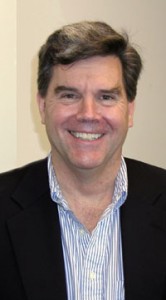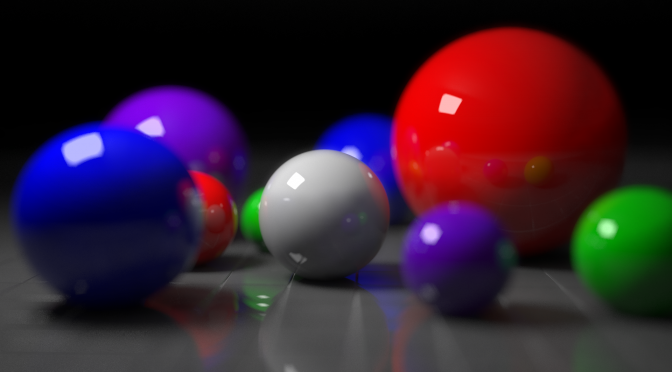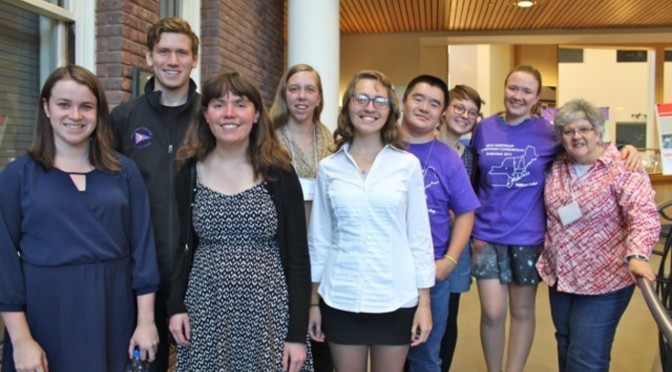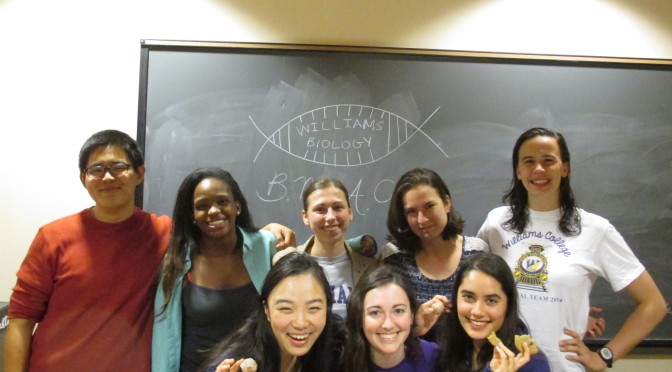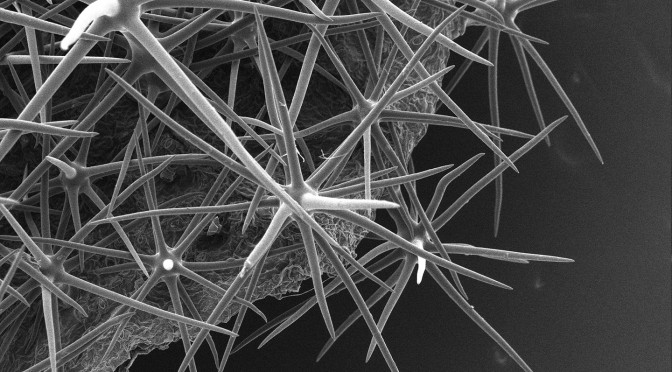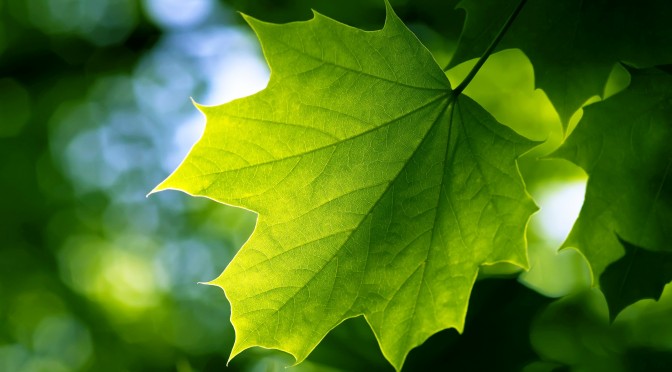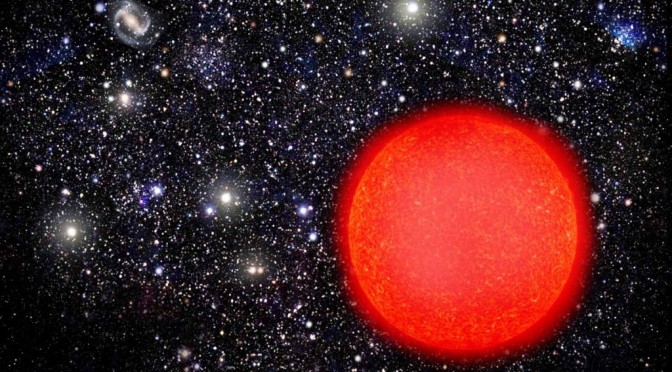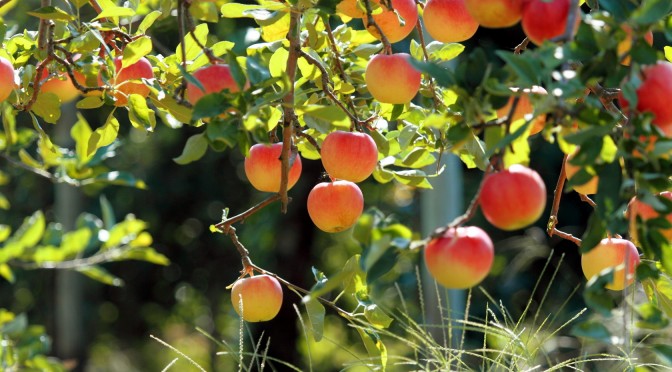Image: Williams College students who attended the 2015 KNAC symposium. L to R: Allison Carter ’16, Michael May ’17, Sarah Stevenson ’17, Emily Stump ’18, Anneliese Rilinger ’17, Ross Yu ’19, Becky Durst ’16. Gillian, and Prof. Karen Kwitter. Not Pictured: Tina Seeger ’16, MeiLu McDermott ’16, Hallee Wong ’18, Marcus Hughes ’18, Tim Nagle-McNaughton ’18
Why didn’t the Dog Star laugh at the joke? If you were in science quad last weekend (October 17th) and asked one of the Keck Northeast Astronomy Consortium (KNAC) presenters, you would likely have gotten a chuckle and a response that “it was too Sirius.” KNAC, a collaboration of eight liberal arts colleges in New England (Colgate University, Middlebury College, Vassar College, Wesleyan University, Haverford College, Swarthmore College, Wellesley College, and Williams College) funds summer research opportunities for astronomy students. The annual symposium, which rotates between the eight institutions, was hosted at Williams this year with 32 student speakers and 9 poster presentations.
Continue reading Williams Hosts Astronomy Symposium →
